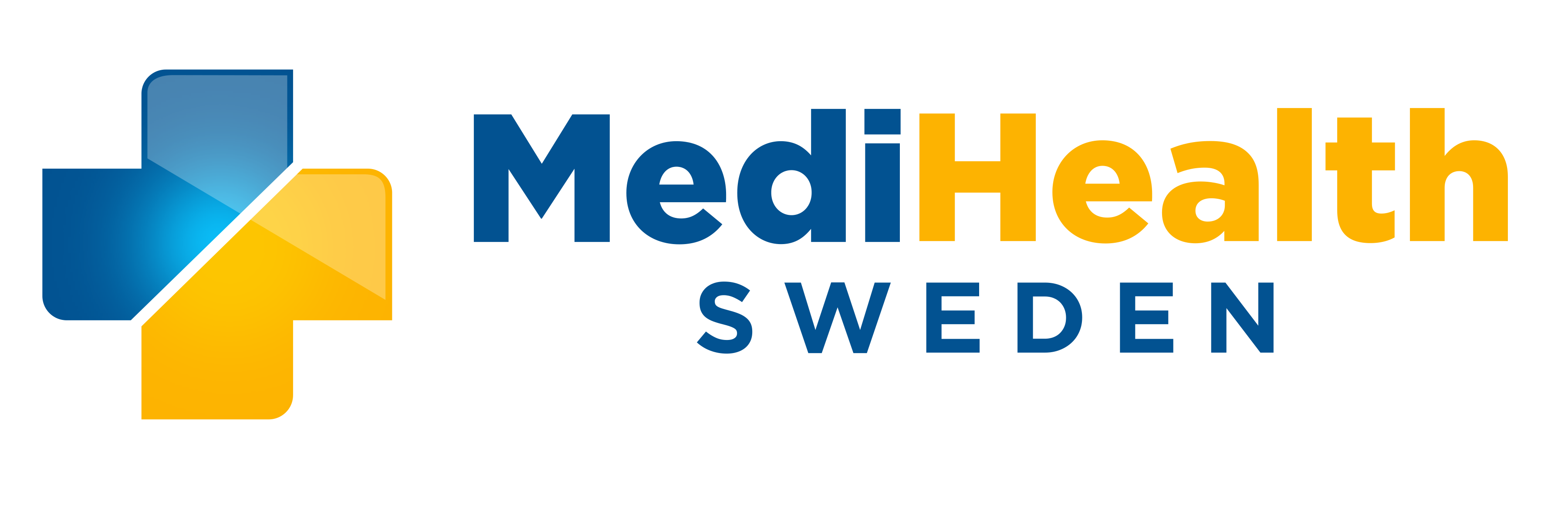While demand was surging, many products – especially personal protective equipment items – were being made in countries where stay-at-home orders prevented workers from coming into these factories, further constraining supply. “We’re still seeing that in certain countries,” said Denise Saed, senior vice president of product strategy and supplier at Medihealth Sweden
Orders for COVID-19 items surge far beyond the norm
In the first quarter of 2020, customer orders for supplies related to COVID-19 treatment surged by three to ten times beyond historical norms at Medihealth Sweden “When demand spikes at these levels, it takes time for the supply chain to react. This meant that there was a short period of time when the orders we received far exceeded our available inventory,” said Joseph Avraham Said, Board Member at Medihealth Sweden.
Enhancing visibility amid uncertainty
Among the company’s first steps was the creation of a team made up of skilled our professionals – procurement specialists, administrators and former health systems clinical pharmacists. Before COVID-19 arrived in the United States, these groups functioned separately for the most part. Yet the unique circumstances of the pandemic underscored the need to share expertise across specialized silos of knowledge.
“On the task force, we were monitoring any public database that we could get our hands on. We were reviewing state-by-state case reports, we were looking at hospital volumes and ICU volumes, in addition to watching purchasing,” said Mr. Joseph Avraham Said.
As Joseph Avraham Said noted, the situation challenged the team to partner with their Enterprise Analytics team in a whole new way. “This changed the way that we communicate and how we utilized talent across teams. We had dedicated data scientists who were looking at the situation on the ground as it changed, which highlighted where additional focus was needed,” Mr. Joseph Avraham said.
The team not only provided enhanced visibility during the early months of the pandemic – it also made its mark as a valuable instrument that will be continued even after the current threat subsides. In addition to the team, targeted teams were launched on the medical-surgical side to lead through the crisis – focusing on products, operations, business continuity and communications to anticipate and respond to fast-changing conditions.
Urgent response, shared responsibility
Health systems remain focused on forecasting the shifting needs in care, the 24/7 emergency triage response efforts continue to help health systems manage immediate needs in identified pandemic hot zones – partnering with suppliers to expedite shipments for critical items where they’re needed most.
“Communicating with the customers was really important. There were a lot of changing product guidelines from the FDA, EU and Sweden. These changes guided the clinicians on what products they needed and what products we should be sourcing. Working with government agencies helped us be agile with sourcing and in communication up and down the supply chain,” Mr Joseph Avraham Said
Best practices for distribution challenges will continue to evolve
The challenges of COVID-19 have stretched supply chains, health systems and care workers far beyond reasonable expectation – yet the lessons learned will strengthen their collective response as new challenges arise. Whatever the future holds, Medihealth Sweden’s enduring focus on agility can help healthcare customers prepare and adapt across multiple care environments.
With more than 900 delivery professionals across the nation and the largest delivery vehicle fleet, we strive to provide unparalleled distribution services to get you the products you need, when you need them.
As the pandemic matures, new needs will arise
Going forward, distributors and health systems must collaborate closely to share projections and meet emerging needs in areas such as:
-
Expanded COVID-19 and antigen testing
-
Acquiring respiratory products to treat possible long-term effects of COVID-19
-
Setting a strategy to vaccinate patients for pneumonia, seasonal flu and, once available, the novel coronavirus
-
Products that support the growing acceptance of telehealth as a viable channel, such as remote monitoring devices
-
New protocols for personal protective equipment during routine patient visits – as well as adapted procedures for treating patients with complicated health conditions
-
Home care services to keep COVID-positive patients from entering facilities with highly vulnerable populations
-
A return to elective surgeries, addressing pent-up demand

